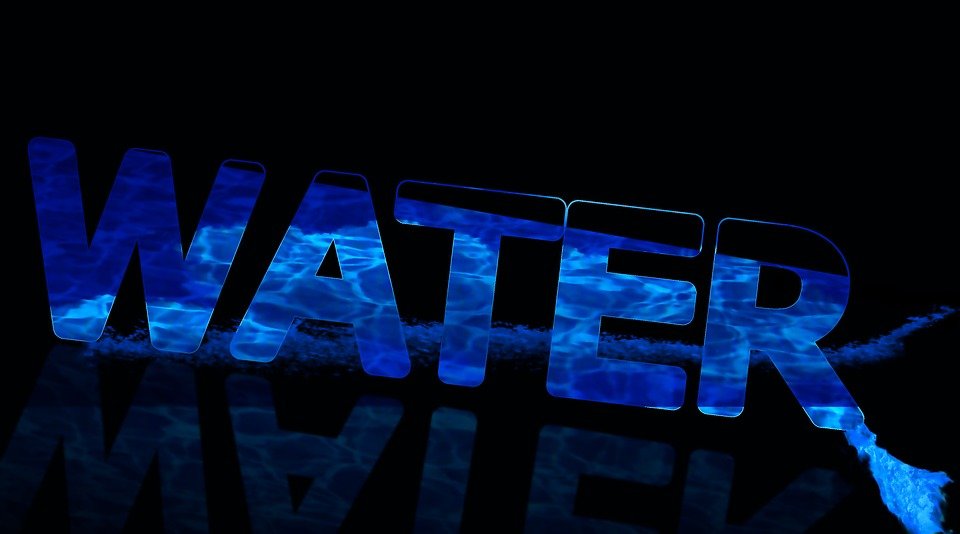
Water quality makes a tremendous difference in the preparation of your coffee.
How hard is your water?
Mineral content such as calcium and manganese determines water hardness. Extremely hard water will leave lime deposits on your shower heads and inside your espresso machine.
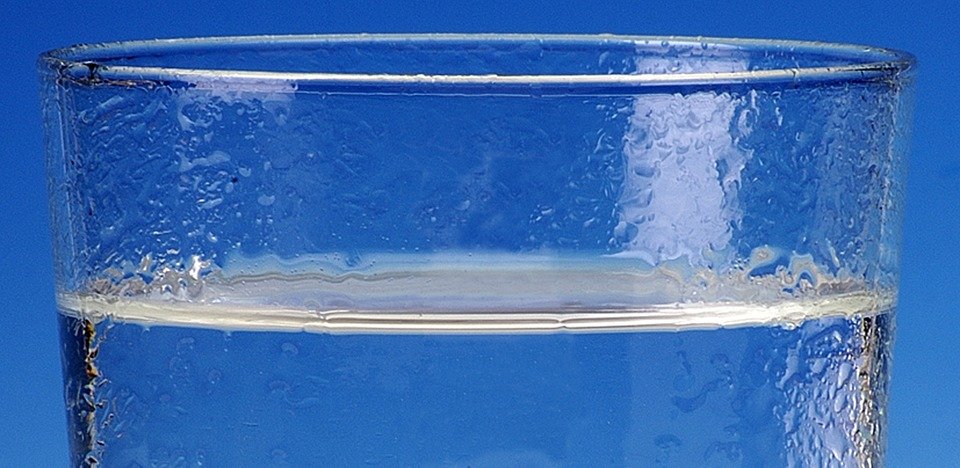
On the other extreme, distilled water has hardly any mineral content, roughly 9 ppm. Using it to prepare coffee will result in an extremely bitter cup. Water without minerals is unstable and wants to dissolve the materials around it whether it’s the copper from your plumbing, electrolytes in your body, or the undesirable qualities of the coffee bean.
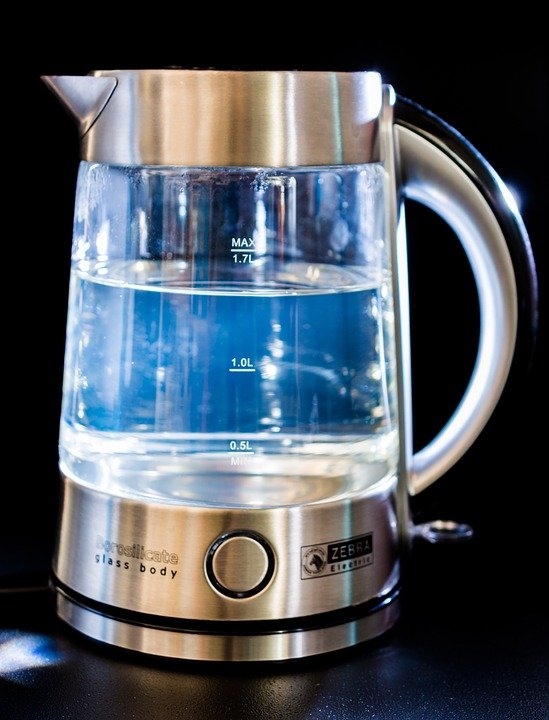
As people who enjoy drinking bottled mineral water know, the right balance of solids in water enhances the taste.
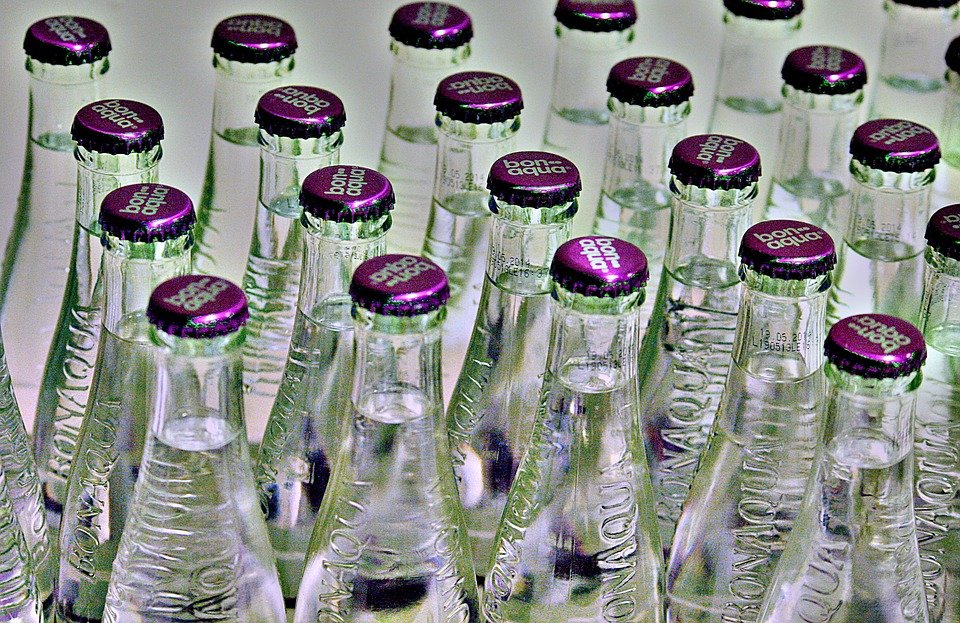
So how do I test my water?
The easiest way is to go to your local pet store and buy some aquarium water test strips.
It will tell you the most important data:
- Hardness: Total Dissolved Solids (TDS) 90-200 ppm recommended
- PH: Closest to 7.0 as possible
- Chlorine: Closest to 0 as possible
- Iron: Closest to 0 as possible
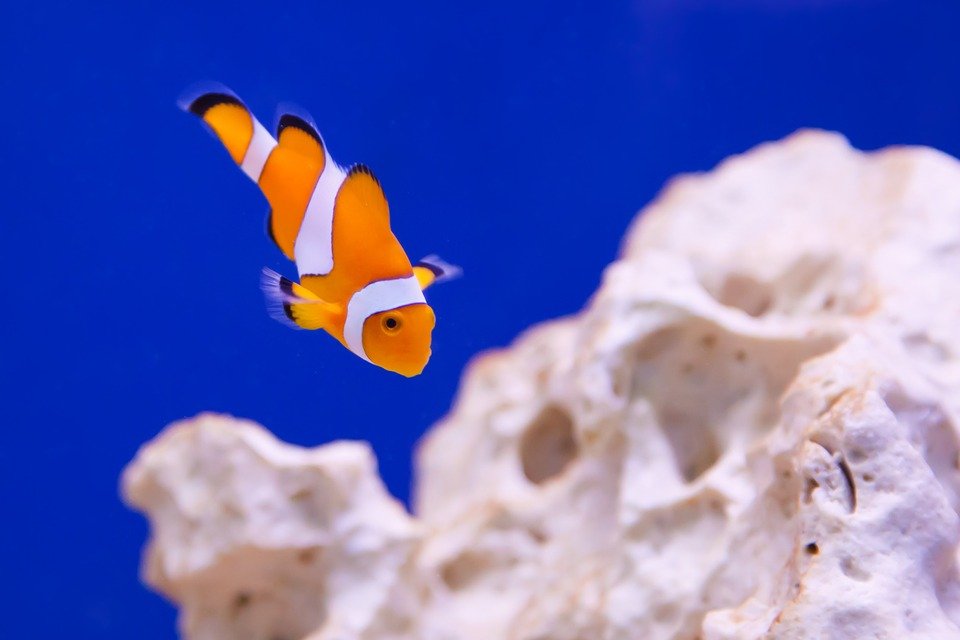
What does this mean?
Softened water and reverse osmosis water are not recommended for coffee preparation because of the resulting low concentration of minerals. It’s great for keeping your pipes clean but not great for coffee extraction. I have tested water coming from my RO drinking system at 50 ppm TDS. After adding a last stage calcite filter, it tested at 100 ppm TDS, bringing it into the acceptable dissolved solids range.
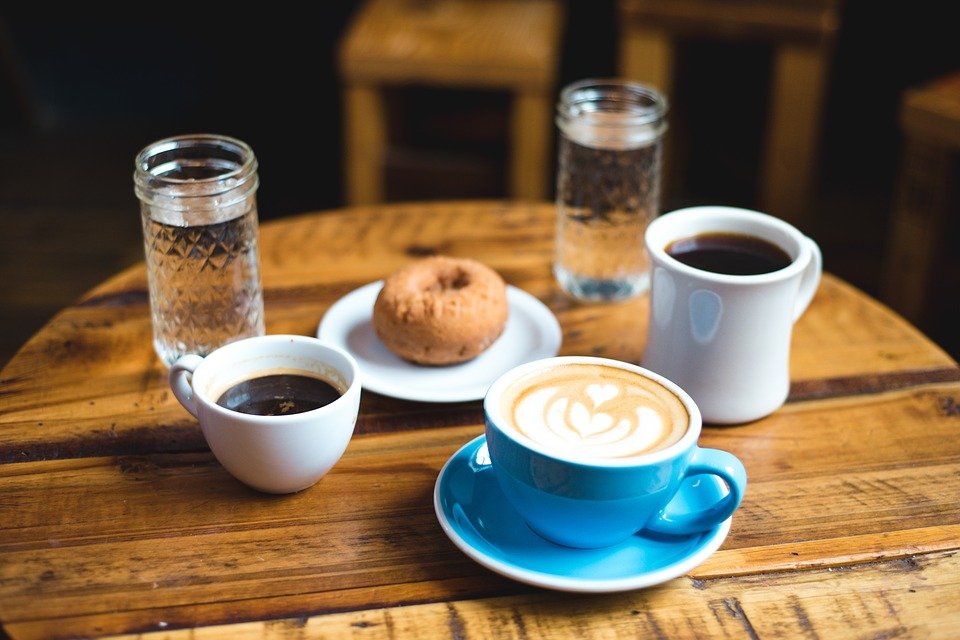
In summary, if you start with good water and fresh beans, you’re more than halfway home!
Part 1: @justinlaak/why-drink-stale-coffee-part-1
Part 2: @justinlaak/why-drink-stale-coffee-part-2-roasting
Part 3: @justinlaak/why-drink-stale-coffee-part-3-grinding
Part 4: @justinlaak/why-drink-stale-coffee-part-4-brewing
